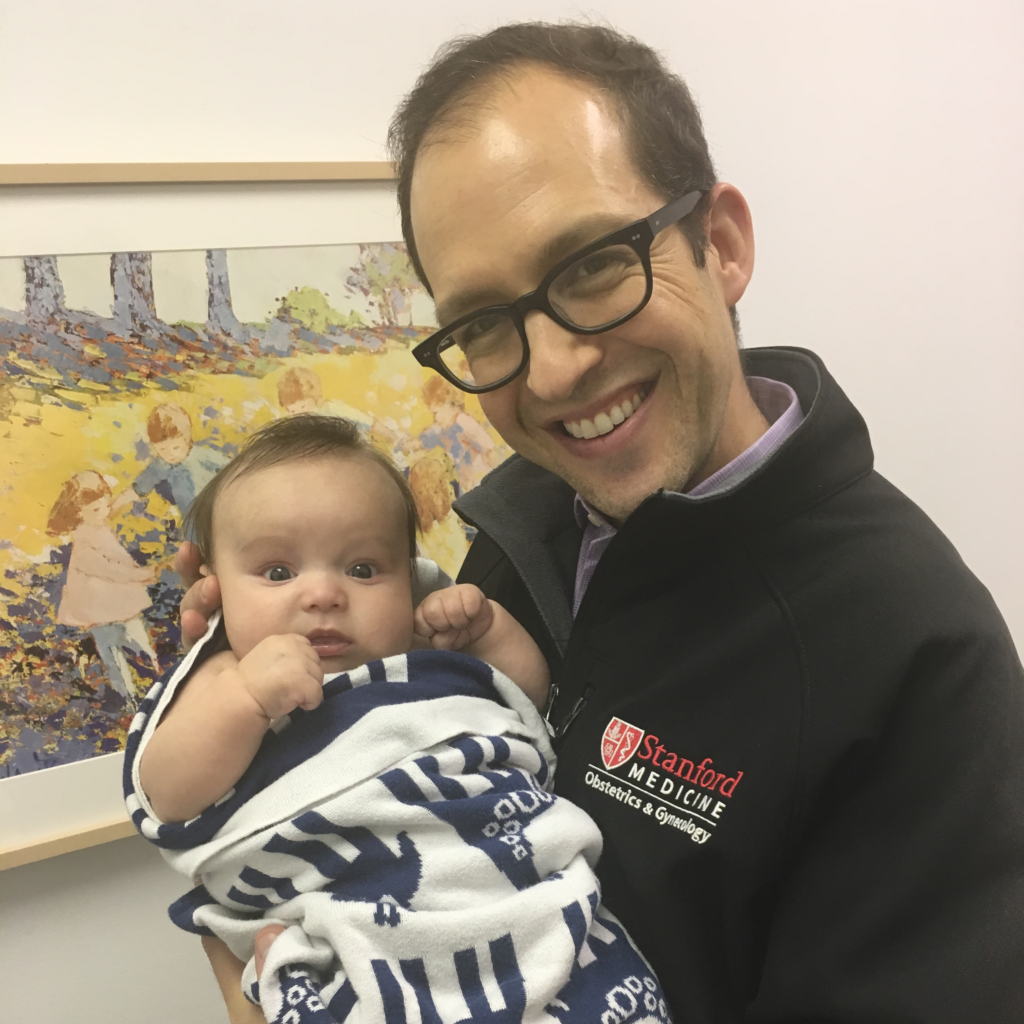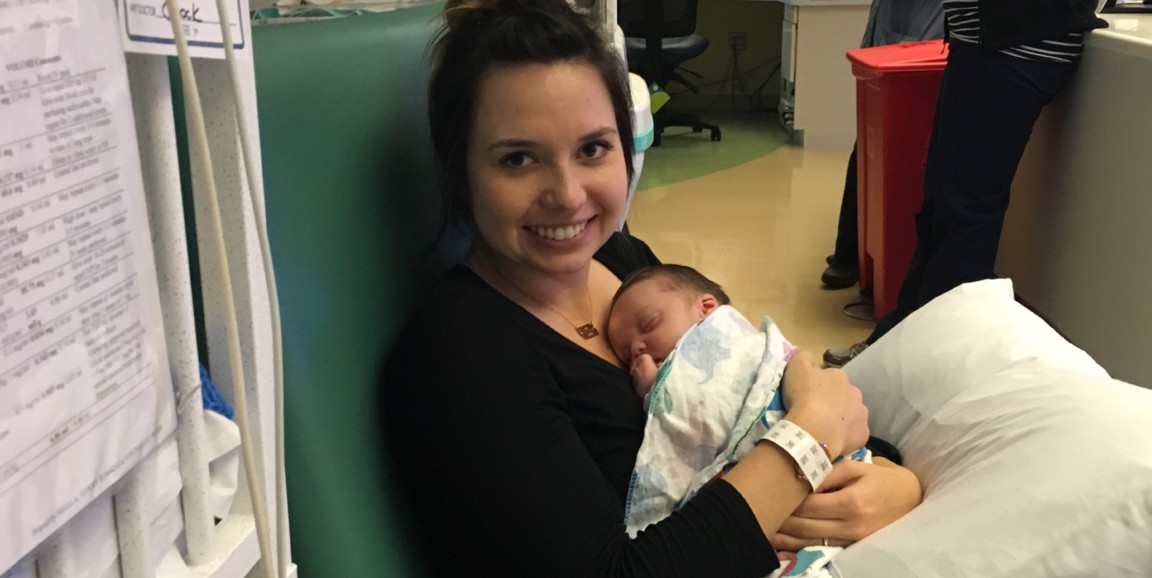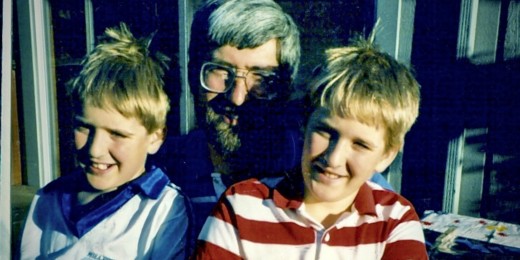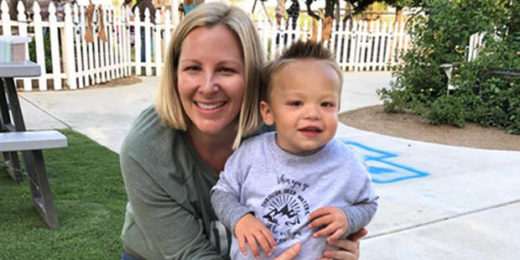Before he was even born, Kaleb Perry faced tough odds of survival. Just 12 weeks into the pregnancy, an ultrasound showed that a blockage in the urethra was trapping urine inside his body, a rare condition called fetal lower urinary tract obstruction (LUTO).
With comprehensive treatment from a multidisciplinary team at Lucile Packard Children's Hospital Stanford, however, Kaleb is now a smiling, dancing 3-year-old.
Initially, Kaleb's mother, Mandy, was told that Kaleb likely wouldn't survive the pregnancy, so she consulted with Yair Blumenfeld, MD, who directs fetal therapy at Packard Children's for a second opinion.
"[Dr. Blumenfeld] said, 'If your baby is willing to fight, we will fight for him.' I get emotional just thinking about it," Mandy explained in a story on Packard Children's blog.

LUTO occurs in about 1 in 3,000 pregnancies, but the cause remains unknown. The biggest threat posed by LUTO is low amniotic fluid levels, which can lead to problems with lung development.
As the article explains:
The urine that is made and excreted by the fetus in utero is an essential component of amniotic fluid. When urine is trapped in the fetus's bladder, the amniotic fluid may become dangerously low or disappear completely. With LUTO, the main concern is fetal lung development. In normal pregnancies, amniotic fluid surrounds the baby, allowing for movement of the chest wall. Babies also ingest some of the amniotic fluid, which fills the lungs and helps them develop. When the flow of urine out of the bladder is blocked and the lungs do not develop normally, the baby may not be able to survive.
Babies can have a partial blockage, or a complete blockage, like Kaleb. To give him the best chance for developing healthy lungs, his doctors inserted a shunt to release the urine from the bladder into the amniotic fluid. Sometimes a shunt can become dislodged and needs to be replaced when a baby moves. Kaleb was a very active baby and so Mandy underwent multiple surgeries.
Ultimately, the shunts were successful and allowed Kaleb's lungs to develop. He required just two weeks in the hospital before going home after birth.

But Kaleb wasn't out of the woods yet.
LUTO inflicts irreparable damage on the developing kidney and by the age of 2, his kidneys were failing. He had spent a year on the kidney donor list, when an altruistic donor who heard of Kaleb's story through social media -- a mother of three from Fresno -- came forward. Kaleb received his transplant through the Packard Children's kidney transplant program.
After beating the odds in utero and receiving his new kidney, Kaleb is now a joyful and active 3-year-old with a magnetic smile. As Mandy says in the post:
Whenever Kaleb hears music, he's instantly dancing and singing... He's thriving now, thanks to Stanford and all they have done. We couldn't be more grateful.
Photos courtesy of Lucile Packard Children's Hospital Stanford






